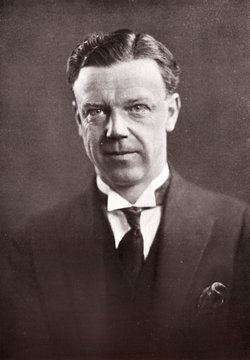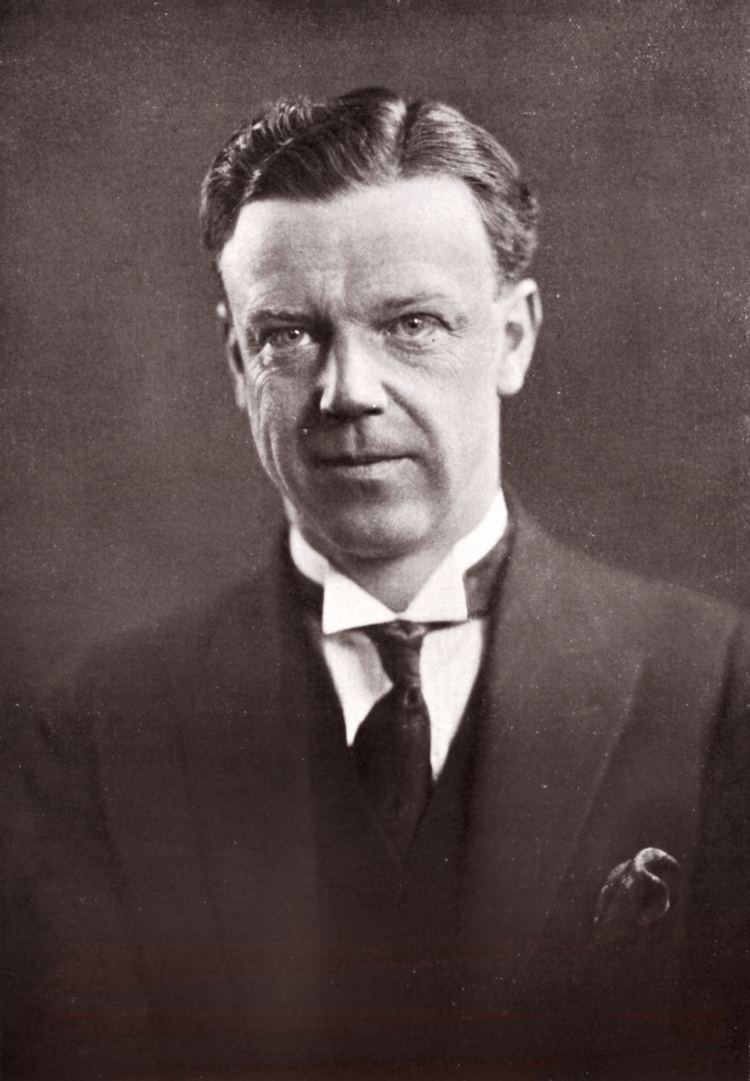Name G. Harrison Role Patent attorney | Died June 14, 1956 | |
 | ||
Aeolian skinner opus 1208 g donald harrison 1952 demo
George Donald Harrison (April 21, 1889 – June 14, 1956) was responsible for the design of some of the finest and largest pipe organs in the United States. Born in Huddersfield, England, he first worked as a patent attorney in 1914 but after military service he began to pursue an interest in pipe organ building, working with Henry Willis & Sons of London.
Contents
- Aeolian skinner opus 1208 g donald harrison 1952 demo
- Restoration needed for this fine 1952 g donald harrison aeolian skinner
- References

After immigrating to America, Harrison joined the Skinner Organ Company in 1927 where he spent the remainder of his career. After the Skinner company merged with the Aeolian Organ Company, forming the Aeolian-Skinner Organ Company in 1933, he became the company's tonal director and president. While the bulk of his work was as a tonal designer and voicer, Harrison is most famous for his association with "American Classic" organ design. This design concept (its name coined by New Jersey state senator Emerson Lewis Richards) was partly a reaction to the proliferation of romantic-orchestral "symphonic organs" that had been in fashion to that point. The symphonic organ sought to emulate the effects of a symphony orchestra with imitative solo reeds, colorful flutes and warm string-toned stops. The American Classic organ, on the other hand sought a return to design principles of the 18th century, particularly the development of clean diapason choruses topped by several brilliant mixtures, as advocated by the Organ Reform Movement. These organs also contained stops and expressive divisions evocative of the romantic organ writing of the 19th- and early 20th-century French school. The voicing of these instruments, in particular, allowed for a clear interpretation of fugal passages and chorale writing where each inner voice could be heard and articulated clearly. Harrison, along with other builders such as Walter Holtkamp, conceived the American Classic organ as a single instrument that could effectively and convincingly play music of all styles and eras with equal facility. In many of his instruments, he is considered to have achieved this goal, adapting his instruments effectively to the particular acoustic qualities of American concert halls and churches.
Harrison’s design concept was illustrated when he wrote: “To me, all art is international; one can draw from the best of all countries. I have used the technique at my disposal to produce instruments which I consider suitable for expressing the best in organ literature. I have no use for copying successful works of the past; such a method is doomed to failure. It seems to me the only way to build artistic and successful instruments is to have knowledge of what has gone before, and to thoroughly understand the underlying principles upon which the great works of the past have been based. The works produced are then originals, and while they can possess all the advantages of other good work, they have their own personality and reflect their own good time.”
The pipe organs at the Church of the Advent in Boston and at St. John’s Chapel, Groton, Massachusetts, are often as cited as the first “turning point” instruments produced by Aeolian-Skinner under Harrison’s direction. Each contained Positiv divisions on low wind pressure with several different high-pitched mixtures – a vast departure from the norm in organ building at the time. But Harrison’s characteristic wisdom, restraint and diplomacy ensured that these rather revolutionary instruments made their appearance without offense. The tide soon turned in American organ building, and before long it seemed that everyone wanted an Aeolian-Skinner in their church or institution. Other builders adapted their product to the new and evolving market as well.
A heavy smoker, Harrison died of a heart attack after weeks of overworking himself during hot summer months for the rebuilding of the E.M. Skinner organ at Saint Thomas Church Fifth Avenue for the 1956 AGO national convention in New York City. Ernest M. Skinner, although much older, outlived Harrison by four years.
Aeolian-Skinner pipe organs built under Harrison's direction are considered by many to be the apotheosis of the American organ builder's art for their period. Unfortunately many of Harrison's masterworks have been altered, rebuilt or modified in such a way as to no longer be representative of his aesthetic.
